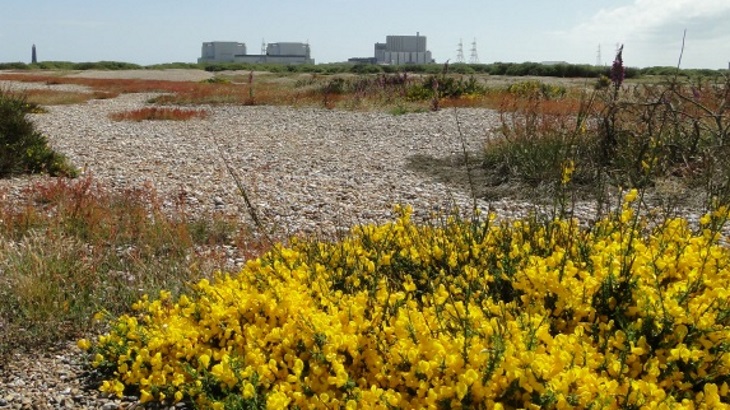Seven of the UK’s eight second generation nuclear power stations are AGRs - the other is a pressurised water reactor at Sizewell B - and they are all due to have stopped generating electricity by 2028.
In June last year, the AGR owner EDF Energy agreed to defuel each of the stations in an arrangement that the Department for Business Energy & Industrial Strategy (BEIS) estimates could save around GBP1 billion (USD1.34 billion).
Once defuelling is completed, ownership of the stations will transfer to the government’s Nuclear Decommissioning Authority (NDA) for its subsidiary Magnox Ltd to complete the rest of the decommissioning process, which is likely to take several decades.
The agreement with EDF added a commercial incentive with the firm able "to earn up to GBP100 million, or potentially incur penalties up to GBP100 million, based primarily on performance during defuelling".
The head of the NAO, Gareth Davies, said: "By providing clarity over the future decommissioning of second-generation nuclear power stations, the government has created incentives to deliver a safe and efficient clean-up. However, many financial risks remain, and if poorly managed costs could escalate. Success will only be achieved if all parties work effectively together.
"Government needs to maintain a clear view of how the nuclear decommissioning programme is performing as a whole, and given the large amounts of public money at stake it must act decisively should performance begin to lag."
The NAO's report looks at the finances of the decommissioning process for the nuclear power plants, and warns that more taxpayer support may be needed to help meet the costs, which are currently put at GBP23.5 billion.
The UK government has guaranteed to underwrite the Nuclear Liabilities Fund, which was established in 1996, and injected GBP5.1 billion into it in July 2020, helping the value of its assets to reach GBP14.8 billion in March 2021.
The aim has been that returns from investments over future years will grow to be able to meet the costs of decommissioning the eight nuclear power plants.
But the NAO says "cost estimates have doubled in real terms since 2004-2005. If this upward trend is maintained and investment growth is not sufficient, there is a risk that the taxpayer will have to make further contributions".
The rate at which nuclear power plants are defuelled after shutting down is seen as a key area of cost - with the estimated range of the cost of defuelling varying from GBP3.1 billion to GBP8 billion. EDF estimates there are fixed costs of GBP140 million a year for a station which is not generating electricity but which still holds fuel, compared with GBP25-35 million per year once the fuel has been removed.
The NAO says: "The costs to be borne by the Fund are therefore very dependent on how soon defuelling begins once a station ceases electricity generation, and how quickly fuel can be removed.
"Accelerated defuelling will test the capacity of [EDF Energy] to remove the fuel, and then the NDA to transport and store the fuel safely at Sellafield. A bottleneck at any point in this process could have repercussions across the defuelling programme."
Earlier than expected closures of plants could also add to costs if defuelling plans are not already agreed and approved by the Office for Nuclear Regulation - the cost to the Fund of the closure of Dungeness B could be as much as GBP1 billion, the NAO says.
It added that the steps taken by EDF, the NDA and BEIS to establish joint arrangements to plan and oversee defuelling seemed "sensible" but "these arrangements will be tested once defuelling accelerates and all parties operate under the revised decommissioning agreements."
There has yet to be agreement reached on the details of the what, when and how of the transfer from EDF to the NDA and Magnox, with the NAO noting "there is a history of transfers in the nuclear sector taking longer than expected, and similar risks will need to be managed for the transfer of AGR stations".
The report adds: "The long-term benefits of taking the AGR stations back into public ownership will depend on the ability of Magnox Ltd to deliver efficiencies from combining the AGR stations with its existing portfolio of nuclear stations. There is potential for Magnox Ltd to realise some of these efficiencies from deconstruction work in the years immediately after transfer of the stations. NDA's ability to deliver benefits from combining Magnox and AGR sites will depend on the quality of the plans developed in the years prior to transfer."





_18570.jpg)
_16159.jpg)
_18938.jpg)
_33584.jpg)





